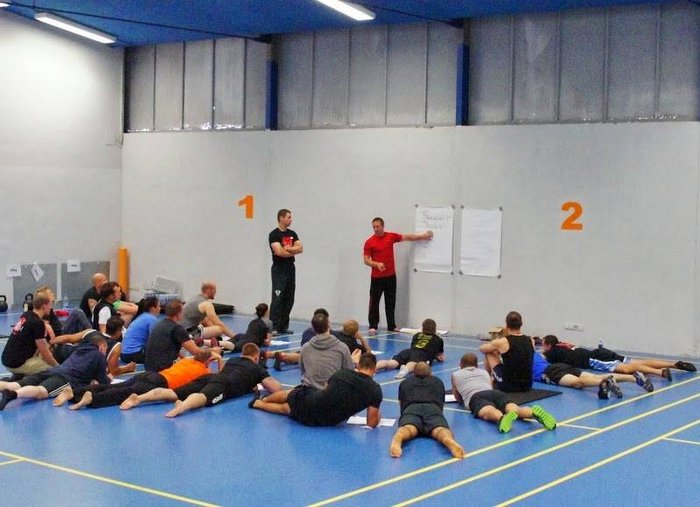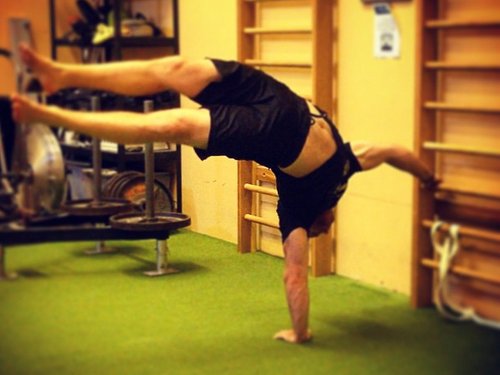
Programming is a scary word for coaches, trainers, and exercisers. There seems to be this mystic fog of confusion centered around the idea that the way you put an exercise plan together will completely make or break your gains. Obviously we are all afraid of wasting our time in the gym, so it’s natural for us to feel this way about it–we want optimal results!
There has been a ludicrous amount of time, energy, and experimentation in trying to determine some of the best training plans and methods. You can take a simple idea: “Exercise=good” and after years and years of research, start to worry about whether you did enough transverse plane movements at 85% of your 1RM on Day 4 in week 3 of your 12-week periodized program within a 3 year macrocycle.
Confused yet? Yeah I know.
Here’s the thing, there is a decent amount of science and experimentation to back this stuff up, so in theory it makes sense.
However, my two main issues with complicated programming are centered around the following:
1) Reality
2) Who is this for again?
In a land where unicorns roam free and butterflies kiss the cheek of every child, maybe these intricate plans make sense. However, we live in the real world. We get in an argument with the wife, the kids keep you up all night, you’re stressed out at work, maybe you got super drunk last weekend or didn’t get enough sleep the night before. Whatever it is, we are not consistent nor are we precisely linear. A good plan allows for wiggle room based on how you feel on a given day. Trying to force a certain amount of reps/sets or movements on a day where you maybe shouldn’t is a surefire way to injure yourself. Don’t force square pegs into round holes. Take advantage of the days when you feel good, and don’t push your luck on the days where you don’t.
Most of the best-known and revered programs in the world all center around heavily specified activities like powerlifting/Olympic lifting or gymnastics. What we fail to remember is that these programs are geared toward PROFESSIONALS in these SPECIFIC sports. Last I checked, most of us are just trying to feel better, look better, and then perform better. I don’t know about you but I don’t get paid by the pound when I do a deadlift. The issue here is that we are sacrificing the main goal (better health and fitness) for the secondary cause (lifting more weight). I know that we love measuring things, and it’s a very efficient metric, but let’s not forget why we are lifting weights or training in the first place!
Professional athletes sacrifice health for performance all the time–because they are paid to do so. If you’re not getting paid to lift more weight, you might want to rethink using a program that is built for those who do.
Here’s some parting wisdom when it comes to putting a plan together.
Your nervous system likes frequency over intensity, so train full body workouts and hit all the main patterns every session.
- Upper Push
- Upper Pull
- Lower Push
- Lower Pull
Be flexible. When you feel super strong, throw on some extra weight. When you don’t feel 100% focus more on things like flexibility and medium weights.

Build your plan around the rest of your life.
One of the biggest problems with any plan is consistency. So take a look at your schedule for the week and find the BEST times where training will fit around that–you want to remove as many barriers as possible when it comes to working up the motivation to work out. Have a plan for when you can’t make it to the gym so you can still train at home or at the park–it’s always good to have a plan B.
The challenge is not in lifting the weight, the challenge is in having the resolve and forethought to be consistent over the long term.
Better every day.
-Max
Max Shank is the author of Master the Kettlebell, now available in paperback and ebook format.
He has also recently released Ultimate Athleticism, an ebook and training program.